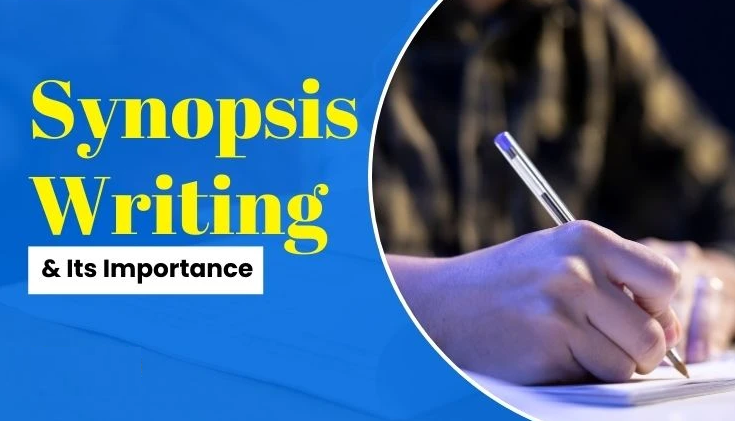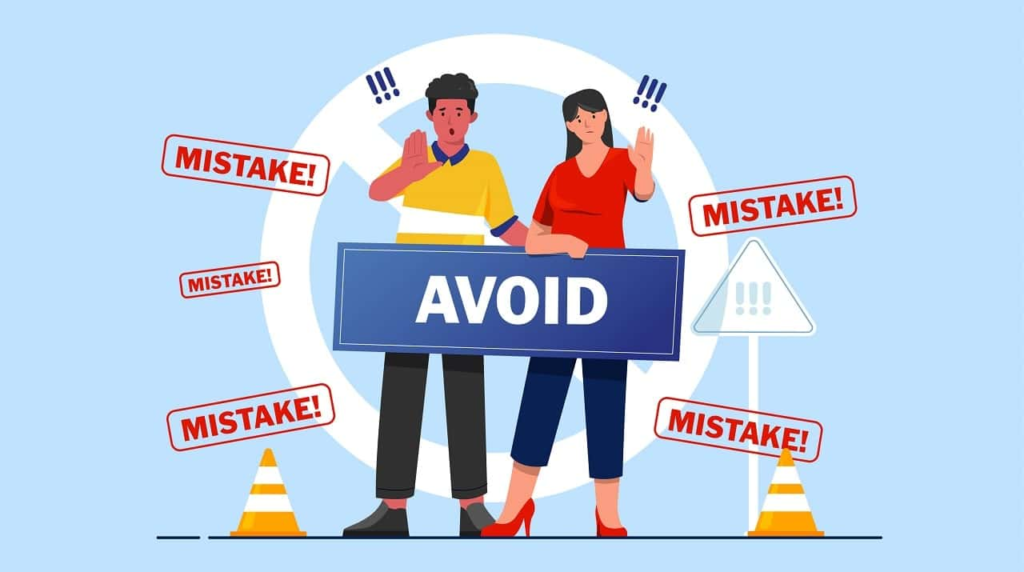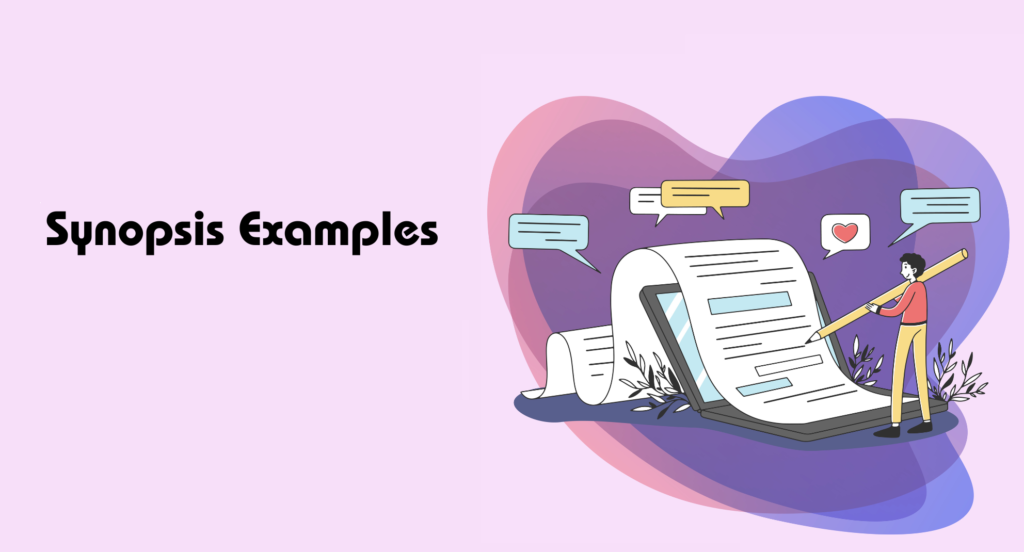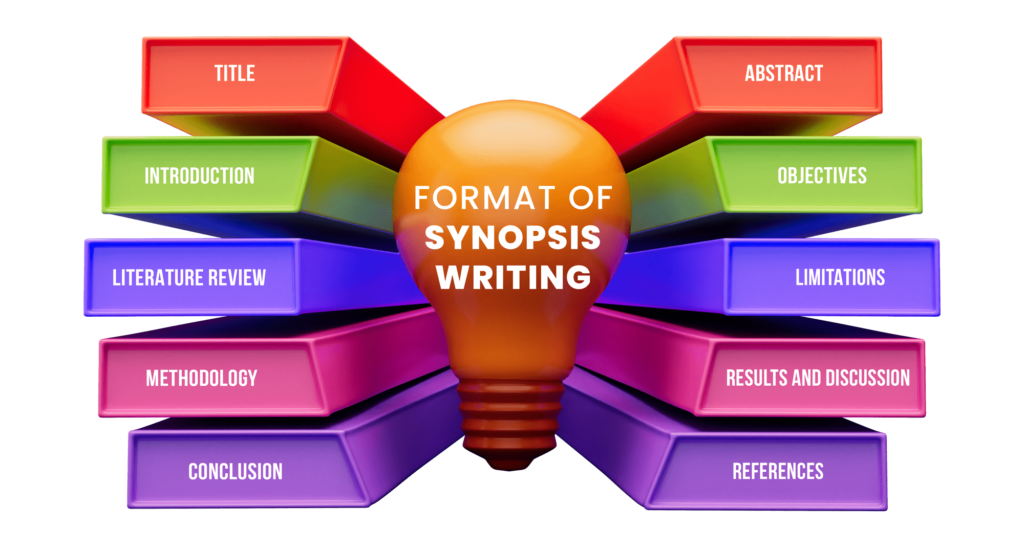
A book synopsis is a condensed summary of your entire story, capturing the core plot, characters, and main conflict—all in a clear and structured format. Think of it as your book’s elevator pitch in written form. It’s your shot at telling someone why your story matters—quickly and convincingly.
Synopsis vs. Blurb
People often confuse a synopsis with a blurb. A blurb is a short, enticing snippet found on the back cover meant to hook readers. A synopsis, however, dives deeper and reveals the entire plot, including the ending, to publishers, editors, and agents.
Short vs. Long Synopsis
- Short synopsis: Usually 1–2 paragraphs; great for query letters.
- Long synopsis: 1–2 pages; used in book proposals, submissions, and competitions.
Why a Book Synopsis Matters

First Impression on Publishers and Agents
Most industry professionals won’t read your full manuscript until they’re intrigued by your synopsis. A weak or unclear synopsis? That’s a one-way ticket to rejection.
Critical for Book Marketing
Marketing teams use your synopsis to craft pitches, advertisements, and even cover copy. A strong synopsis helps communicate the essence of your book to the world.
Key Role in Book Proposals
If you’re writing non-fiction or submitting to a traditional publisher, your proposal must include a synopsis. It demonstrates your story’s structure, direction, and marketability.
Elements of a Strong Book Synopsis

Clear and Concise Summary
No fluff. A great synopsis delivers the essence of your book without over-explaining. Be brief but impactful.
Strong Hook and Tone
Grab attention from the start with a killer opening sentence. Reflect your genre and writing voice.
Character and Plot Development
Show how your characters evolve. Highlight main arcs but stay focused—don’t crowd it with subplots.
Conflict and Resolution
Conflict is what keeps readers turning pages. Make sure the central conflict and how it gets resolved are clearly explained.
Genre and Theme Representation
Your synopsis should echo your book’s genre and tone. Writing a thriller? Your synopsis should feel tense. Writing romance? Show emotional stakes.
How to Write a Compelling Synopsis

Step-by-Step Breakdown
Step 1: Write the Story in One Sentence
This forces you to crystallize your story’s core. Think: “A boy wizard must defeat a dark lord to save the magical world.”
Step 2: Identify Major Characters and Goals
Introduce only the main characters. Focus on their motivations and what drives the story.
Step 3: Outline Key Plot Points
Follow the story’s beginning, middle, and end. Include plot twists and turning points, but only those that matter.
Step 4: Show Conflict and Climax
What’s the core struggle? Who’s fighting what—or whom—and what’s at stake?
Step 5: End with a Resolution
Yes, reveal the ending. Agents and publishers need to know how it all ties up.
Tips for Fiction vs. Non-Fiction Synopsis Writing
- Fiction: Focus on characters, plot, and emotional journey.
- Non-fiction: Highlight main arguments, structure, and key takeaways.
Common Mistakes to Avoid

Being Too Vague or Too Detailed
Avoid generic summaries like “a journey of love and loss.” But don’t write a scene-by-scene breakdown either. Find the sweet spot.
Leaving Out the Ending
This is the #1 mistake writers make. Don’t tease—tell. Agents need the full story arc.
Using Flowery or Overwritten Language
Avoid purple prose. Write like you’re talking to someone smart but busy. Clear, crisp language wins.
How a Good Synopsis Boosts Your Book’s Success

Better Query Results
A strong synopsis increases the chances your query lands on the “read more” pile. It shows you know how to structure a story.
Easier Book Marketing and PR
Book marketers use your synopsis to frame promotional campaigns, taglines, and Amazon listings.
Helps with Self-Publishing Platforms
Some platforms (like Amazon KDP) use synopses to determine metadata, category placement, and advertising strategy.
Real-Life Examples of Impactful Synopsis

Successful Published Books
Look at the synopses behind bestsellers like The Hunger Games or Gone Girl. They’re sharp, concise, and emotionally charged.
Examples That Landed Publishing Deals
Many debut authors credit their success to a gripping synopsis that got agents to say: “Send me more.”
Tools and Services to Help You Write a Synopsis

Software Tools
Programs like Scrivener, Plottr, and AutoCrit help you outline your book and convert it into a coherent synopsis.
Professional Synopsis Writers
Can’t nail it? Hire someone! Professionals know what agents look for and can frame your story perfectly.
Hiring Services Like The Us Writers
If you’re stuck, agencies like The Us Writers offer specialized book synopsis services. From fiction to memoirs, they craft compelling synopses that get results.
Conclusion
A good book synopsis isn’t just a summary—it’s your golden ticket to grab attention, spark interest, and seal the deal with agents, publishers, and readers alike. Whether you’re self-publishing, going traditional, or simply preparing for a pitch, never underestimate the power of a well-crafted synopsis. Take the time, learn the process, or let a pro help you—because your story deserves to be told, and it starts with a solid synopsis.
FAQs
1. How long should a book synopsis be?
A short synopsis is typically 1–2 paragraphs, while a full-length one ranges from 500 to 1,000 words. Always check specific submission guidelines.
2. Should I include spoilers in my synopsis?
Yes. Unlike a book blurb, a synopsis must include the ending and major plot twists. Publishers need the full picture.
3. Can I use my book synopsis as my Amazon description?
Not exactly. You can adapt it, but the Amazon description (blurb) should be more persuasive and spoiler-free to attract readers.
4. What makes a synopsis stand out to agents?
Clarity, strong voice, complete plot summary, and emotional resonance. Keep it professional yet engaging.
5. Where can I get help writing a synopsis?
You can hire expert writers or use services like The Us Writers, which specialize in crafting compelling synopses tailored to your book and genre.
